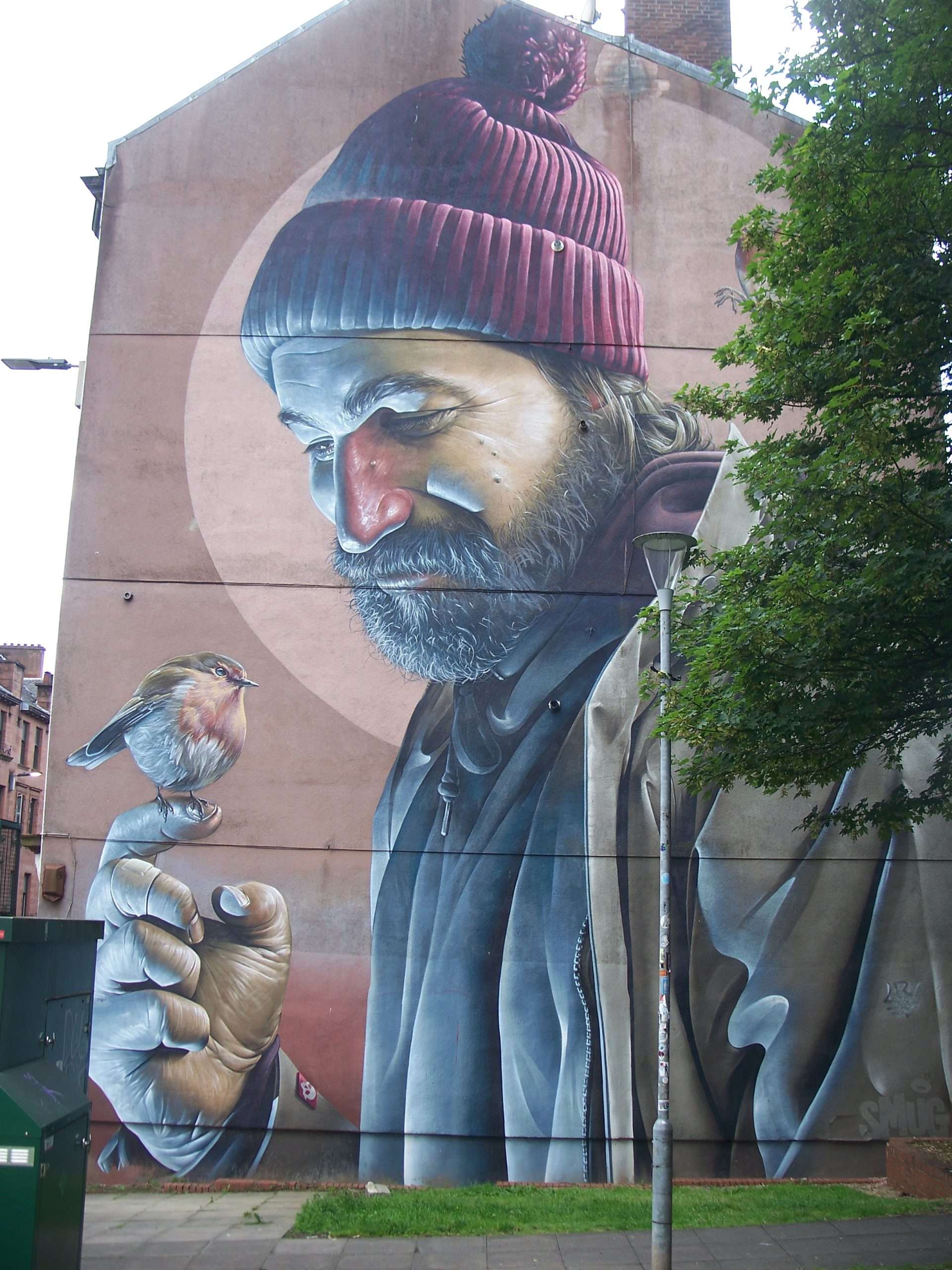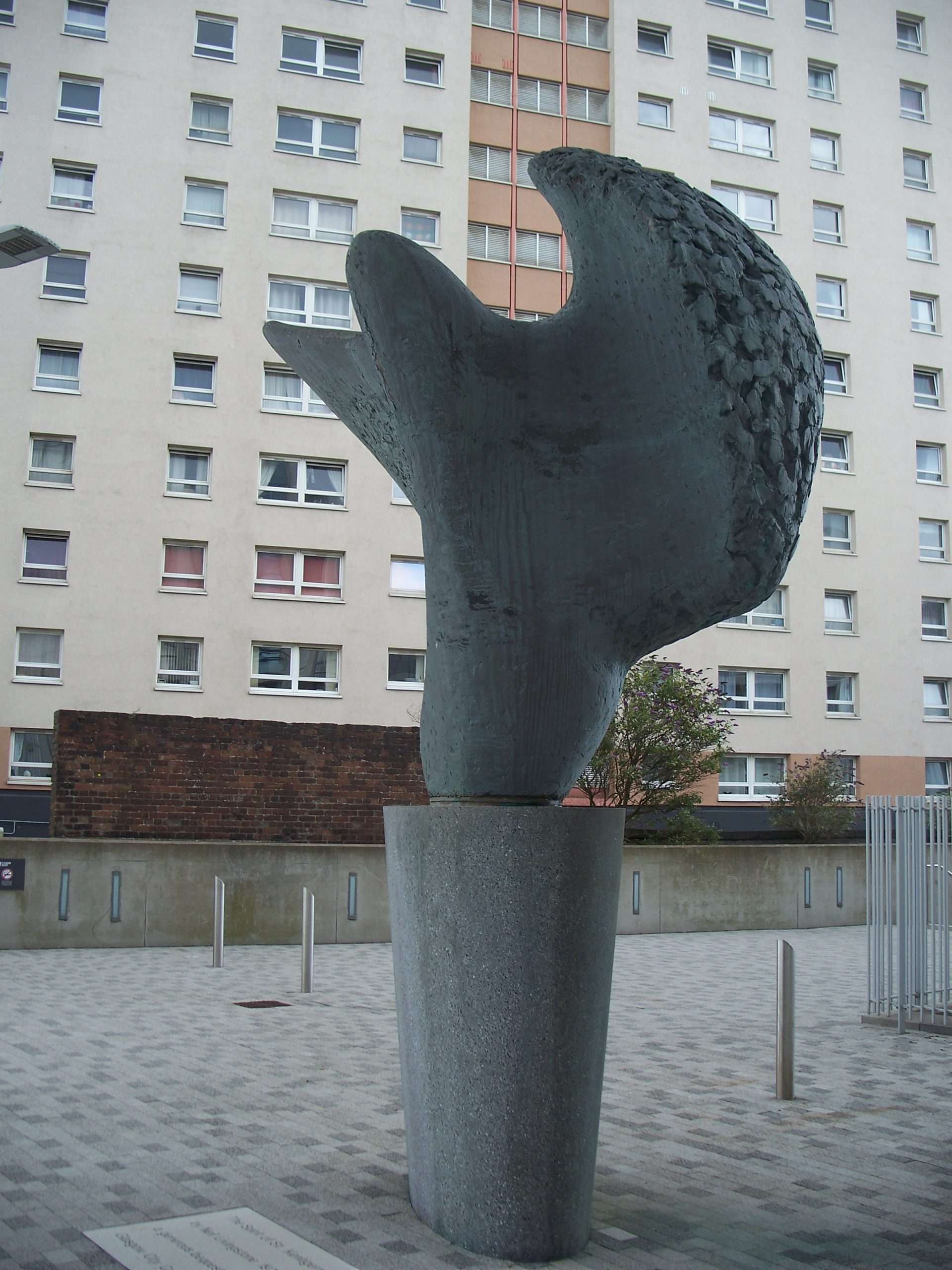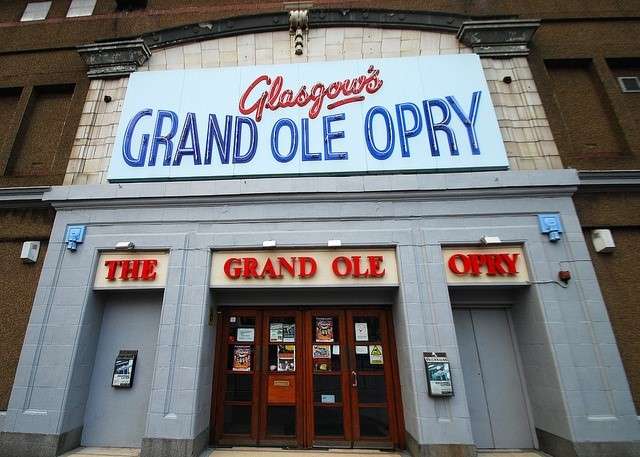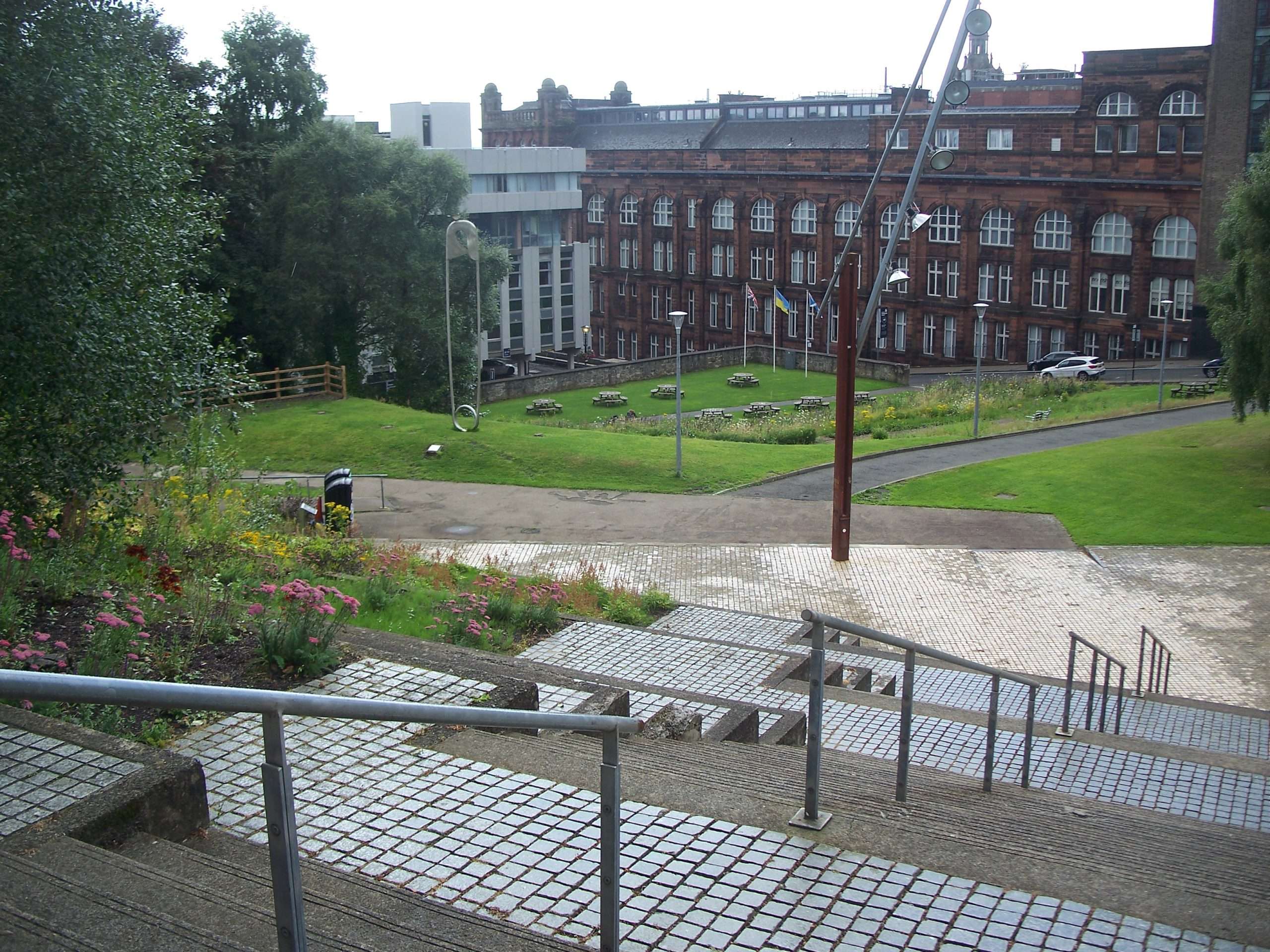Glasgow’s visitor attractions are often world-class; think of Kelvingrove Museum, The Burrell and Glasgow Green. But there are visitor attractions that are lesser-known as well as other quirky and intriguing features that only locals are aware of – and often not many of them. Here are a few Glasgow surprises.

‘Partick’ Thistle?
Everyone has heard of Glasgow’s alternative soccer team, the much-loved plucky underdogs Partick Thistle. Sport-inclined visitors may well want to go along and take in a game, but if you get hold of tickets the one thing to not do is head for Partick. The club was formed in 1876 and did occupy several home grounds, mostly in Partick, a former burgh now very much part of Glasgow that’s a couple of miles west of the city centre on the banks of the Clyde. However, in 1909 the club moved to their present home, Firhill, in Maryhill, to the north-west of the city centre. Thistle are noted for their distinctive if garish red and yellow colours; yet until the 1930s they played in blue, so even their look isn’t as traditional as you’d think.
Jenny Lind
Jenny Lind (1820-1887) was a soprano known as ‘The Swedish Nightingale’. She debuted in her native Stockholm at 18 and eventually taught singing at the Royal College of Music in London. Apparently (it’s a musical so I’ve never seen it) she appears as a character in the blockbusting film The Greatest Showman. So, what does she have to do with Glasgow? Well, remarkably, there is a small neighbourhood that is actually called Jenny Lind south of the river.
The homes there stand on what used to be part of the Pollok Estate and it is believed that Lind stayed in a cottage there during a visit to Glasgow. Subsequently, an inn was named after her and when the houses were built, the area took on the name of the inn. I wish it were a bus terminus; I would love to see the name ‘Jenny Lind’ on the front of a bus! Lind was a superstar in her day and there is also a beach in Queensland and an island in Canada named after her. But a district of Glasgow is surely the ultimate accolade?
The Sculpture that Disappeared

Back in the 1970s, Buchanan Street was pedestrianised and one of the items of street furniture that appeared was a mysterious, abstract sculpture entitled Concept of Kentigern. It was the winning entry in a competition and was the work of artist Neil Peter Livingstone. It is an imaginative, symbolic envisioning of one of Glasgow’s patron saint’s miracles; St Kentigern (or St Mungo) restored a robin to life. It was unveiled in October 1977, the very month that I started at the University of Strathclyde, so I was in Glasgow daily and saw it a lot. I rather liked it but, sadly, in a city that prides itself on being a centre for art, much of the media and public response was hostile and mocking. I remember one local was quoted in the Evening Times as saying ‘It’s got nae heid!’
The sculpture was removed in 2000 and spent nearly two decades in storage. Happily, when City of Glasgow College’s magnificent City Campus opened in 2016, a new home was finally found for Concept of Kentigern outside one of the entrances. For more art inspired by St Kentigern/Mungo and his robin, head to High Street for street artist Smug’s wonderful gable-end mural.
Rottenrow Gardens
During my time at Strathclyde, there was an enormous hospital building on the hill opposite the McCance Building in Richmond Street, where I spent most of my time. This was the Glasgow Royal Maternity Hospital which operated on this site from 1860 to 2001. The main entrance was on Rottenrow and this became the shorthand name for the facility; Glaswegians will say, ‘Aye, I was born in Rottenrow.’ When it closed most of the hospital was demolished and the site was developed as a green open space by the University, something Strathclyde lacked in my day.
As such it now promotes mental health. There’s a typically quirky George Wyllie artwork on site; entitled Monument to Maternity, it’s a giant safety pin – how many safety pins did Rottenrow Hospital use in its lifetime, I wonder? The entrance to the hospital has also been retained as a grand gateway to the gardens.
Wild West Glasgow

In 1891, Buffalo Bill’s Wild West Show came to Glasgow, setting up camp in Dennistoun in the East End. Thousands of Glaswegians enjoyed seeing sharpshooter Annie Oakley and real live Native Americans. There was a sour aftertaste, though, as many of the Native Americans were effectively prisoners of war who had been given the choice of being locked up or becoming circus acts.
In any case, in 2006 a statue of Buffalo Bill was placed on the site of the show, becoming the focal point of a garden in a new housing development. Glasgow has always loved its Wild West. Roy Rogers’ horse Trigger famously was photographed inside the Central Hotel climbing the grand stairway! In the Southside you will also find Glasgow’s own Grand Ole Opry where there are weekly country gigs and other western-related activities. Howdy, y’all.
Bud Neill Remembered
Continuing on from the last subject, Bud Neill (1911-1970) was a much-loved Glasgow newspaper cartoonist whose best-known character was Lobey Dosser, the Sheriff of Calton Creek, a town in America’s Wild West populated entirely by Glaswegians. The humour ranged from pawky, to clever wordplay, to Pythonesque surrealism, though I suspect much of it would be incomprehensible to non-Glaswegians. Lobey Dosser’s horse, El Fideldo (or ‘Elfie’ for short) was remarkable for only having two legs; Neill claimed he could not draw four-legged horses.
So, the statue erected in 1992 in Neill’s honour, featuring Elfie with Lobey Dosser and sworn enemy Rank Bajin on his back, is said to be the world’s only two-legged equestrian statue. Perhaps it is. You’ll find it in Woodlands Road, just west of Charing Cross. To finish where we began; a regular character in Lobey Dosser strips was the GI Bride, who usually appeared carrying her child and trying to thumb a lift back to ‘Pertick’. In 2011, a statue of bride and baby appeared on the concourse at Partick Station. The two Bud Neill statues probably baffle many non-natives who see them. Well, now you know.
Text by: David McVey
Main photo: Rottenrow Gardens and the George Wyllie artwork.

